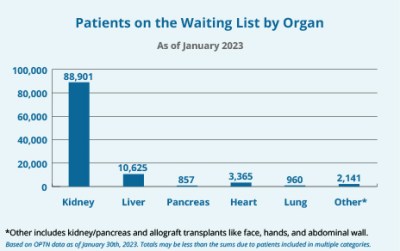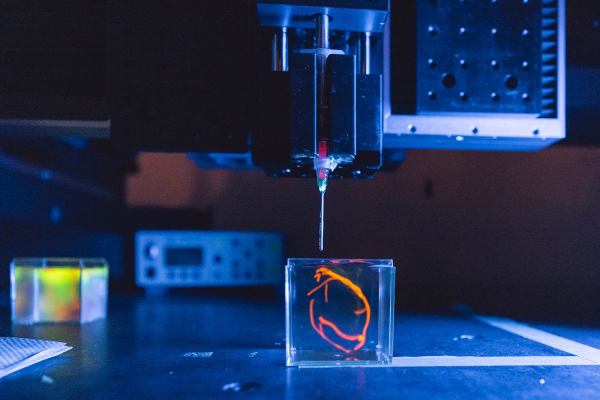The field of therapeutic cloning has long sought to provide a way to create replacement organs and tissues from a patient’s own cells, with the most recent boost coming from the US Advanced Research Projects Agency for Health (ARPA-H) and a large federal contract awarded to Stanford University.

The creatively named Health Enabling Advancements through Regenerative Tissue Printing (HEART) project entails a 26.3 million USD grant that will be used to create a functioning bioprinter backed by a bank of bioreactors. Each bioreactor will cultivate a specific type of cell, which will then be ‘printed’ in its proper place to gradually build up the target organ or tissue. The project’s five year goal is the printing of a fully functioning human heart and implanting it into a pig.
Assuming this is successful, the general procedure can then be refined to allow for testing with human patients, as well as the bioprinting of not just hearts, but also lungs, kidneys and much more. The lead investigator at Stanford University, [Mark Skylar-Scott], cautions that use with human patients is likely to be still decades off. But the lifesaving potential of this technology, once matured, is staggering. This is highlighted by data from the US HRSA, with over 42,000 transplants in 2022 in the US alone, with over a hundred-thousand patients waiting and 17 people who die each day before an organ becomes available.












